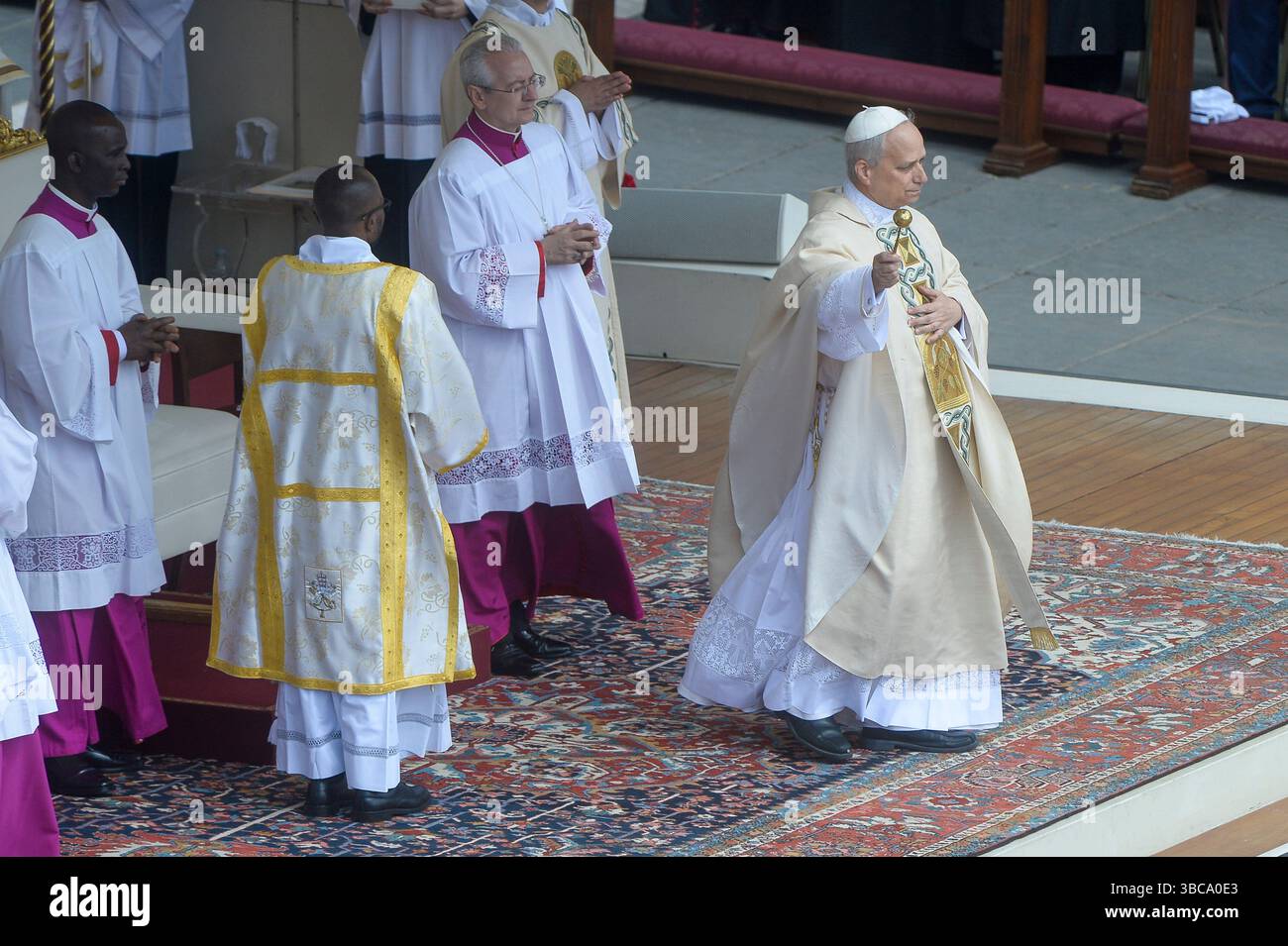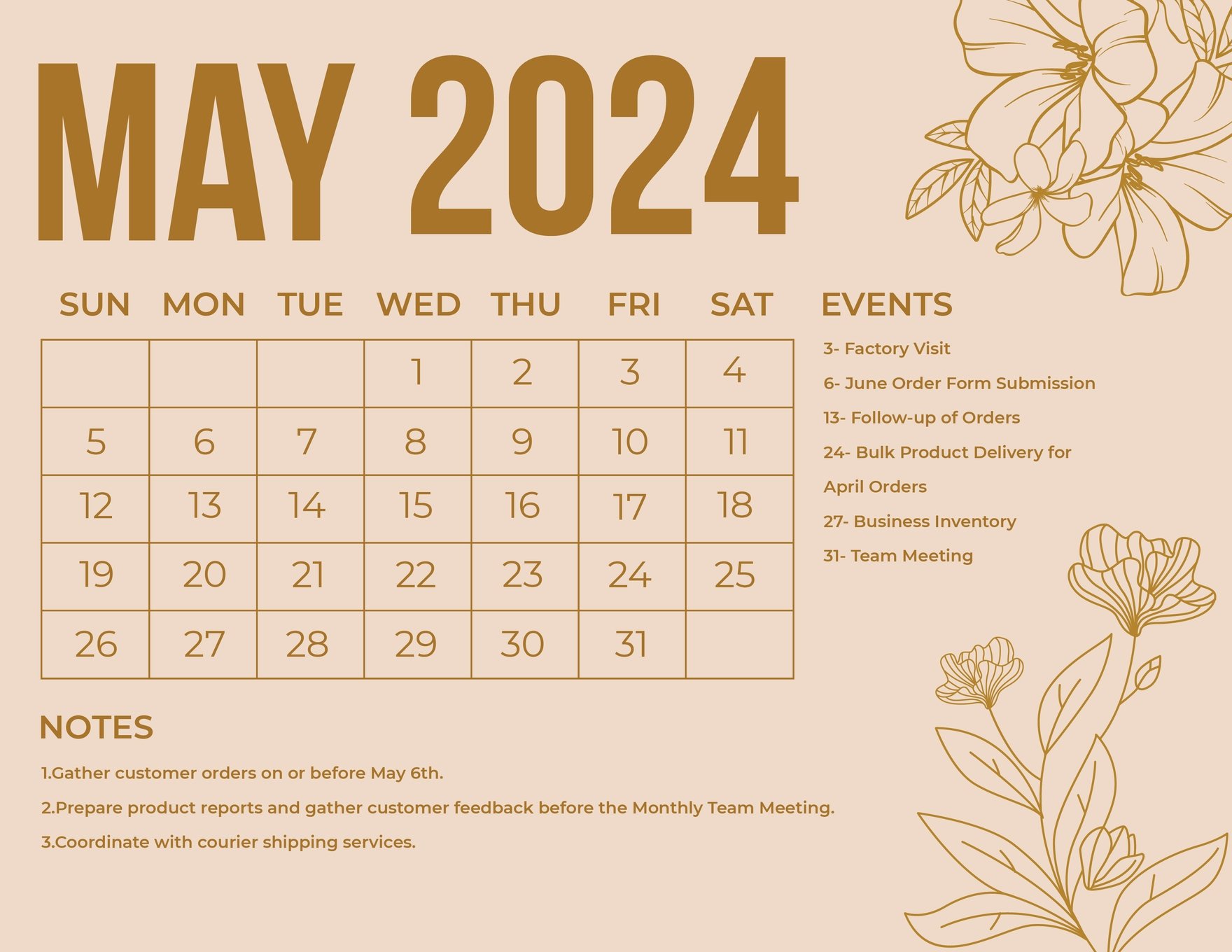May 22st: Getting Dates Right And The Many Meanings Of 'May'
Thinking about dates, especially a specific one like May 22nd, can bring up some interesting points about how we use language. It's quite common for people to wonder about the proper way to write dates, or perhaps what certain words related to months truly mean. We're going to talk a bit about May, the fifth month, and also clear up some common questions about how we express time. This discussion, you know, touches on everyday communication and helps us all speak a little more clearly.
The word "May" itself, as a matter of fact, has a couple of different jobs in English. It's not just the name of a month; it also works as a helpful word that lets us talk about possibilities or permissions. For instance, when you say "I may go to the park," you are suggesting a potential plan. It’s a word that adds a layer of nuance to our sentences, allowing for a bit of uncertainty or a gentle suggestion.
So, when we look at "May 22nd" (and yes, we'll talk about why it's "22nd" and not "22st" very soon), we're combining the name of a particular month with a specific day. It's a way to pinpoint a moment in the calendar year. Understanding these elements, you see, helps us communicate about events, appointments, and memories with greater accuracy. Let's explore this more, shall we?
Table of Contents
- Understanding the Month of May
- May, Maybe, and May Be: Unpacked
- Getting Dates Right: The "22nd" Difference
- The Calendar Months: A Quick Look
- Why Accurate Date Usage Matters
- Frequently Asked Questions
Understanding the Month of May
May is, you know, the fifth month of the year in the Gregorian calendar. It follows April and comes before June. It's a month often associated with spring in the Northern Hemisphere, bringing warmer weather and blooming flowers. The name "May" actually comes from Maia, a Roman goddess of fertility and growth. This connection, in a way, really fits the season's feeling of new life and vibrancy.
The abbreviation for May is quite simple: it's just "May." Unlike some other months that have three-letter abbreviations like "Jan" for January or "Feb" for February, May keeps its full name even in shortened forms. This makes it, arguably, one of the easier months to remember when you are looking at calendar abbreviations. You see it on calendars, in schedules, and on documents, always appearing as its full, short self.
Historically, May has been a time for various festivals and celebrations in many cultures, marking the shift from colder days to the warmth of summer. It's a period that, for many, signifies a fresh start or a time for outdoor activities. The month's position in the year, more or less, sets the stage for the summer season, bringing with it a sense of anticipation and lightness. So, it's a pretty important month for a lot of people.
May, Maybe, and May Be: Unpacked
Now, let's talk about something that can be a bit confusing for English speakers and learners alike: the difference between "may," "maybe," and "may be." My text points out that all three have a sense of possibility or conjecture, but their roles in a sentence are quite distinct. It's a very common point of confusion, yet with a little practice, you can get it right every time.
Understanding these distinctions is, you know, pretty important for clear writing and speaking. Getting them mixed up can, in some respects, change the entire meaning of what you are trying to say. So, let's break them down one by one, looking at how each one works and when you should use it. It's not as tricky as it seems, honestly.
May as a Modal Verb
"May" as a single word is a modal verb. This means it helps another verb express a particular mood or possibility. It's usually followed by the base form of a verb. For example, you might say, "It may rain later," suggesting a possibility of rain. It expresses permission, too, as in "You may leave now," which is, like, giving someone the go-ahead.
This use of "may" often conveys a sense of permission or a weaker possibility compared to "will" or "must." When you use "may," you are indicating that something is possible, but not definite. For instance, "She may arrive soon" means there's a chance she'll be there, but it's not a certainty. It's a very useful word for expressing uncertainty or polite requests, too.
Consider these examples: "We may visit the museum tomorrow," which means it's a potential plan. Or, "You may use my pen," which is, you know, giving permission. It's a pretty versatile word that allows for a lot of flexibility in how we talk about future events or granted actions. So, it's almost always about possibility or permission, followed by a verb.
Maybe as an Adverb
"Maybe" is a single word, and it acts as an adverb. Adverbs, you know, tell us more about verbs, adjectives, or other adverbs. "Maybe" typically means "perhaps" or "possibly." It often sits at the beginning of a sentence, setting the tone for the entire thought. For instance, "Maybe we should go home now" suggests a possibility for the whole action.
When you use "maybe," you are expressing a general uncertainty about a situation or a suggestion. It's a way to introduce a possibility without being too direct. "Maybe it's a good idea to take a break," you might say, offering a gentle suggestion. It functions as a sentence adverb, modifying the entire clause that follows it, which is, like, a key characteristic.
Think of it this way: "Maybe he will come" is similar to saying "Perhaps he will come." It expresses a general likelihood. It's a very common word in everyday conversation because it allows for a lot of flexibility and avoids making definitive statements. So, it's a rather handy word for expressing possibility without commitment, usually at the start of a sentence.
May Be as a Verb Phrase
"May be" (two separate words) is a verb phrase. It's a combination of the modal verb "may" and the main verb "be." This phrase means "might be" or "could be." It's used when "be" is the main verb of the sentence, expressing a state of being or existence that is possible. For example, "That may be the answer" means "That could possibly be the answer."
The key difference here is that "may be" is acting as the verb in the sentence, describing a possible state or condition. It's not modifying another verb or the entire sentence; it *is* the verb. "She may be tired" means it's possible that she is in a state of tiredness. This distinction, you know, is pretty important for grammatical correctness.
Consider these examples to really nail it down: "The meeting may be canceled" (it's possible the meeting will be in a canceled state). Or, "He may be at the library" (it's possible he is located at the library). So, when you see "may be" separated, it means "is possibly" or "exists possibly." It's, you know, a very common construction in English.
Getting Dates Right: The "22nd" Difference
Now, let's talk about "may 22st" and why it should really be "May 22nd." When we talk about dates, we use ordinal numbers, which tell us the position of something in a sequence. For example, "first," "second," "third," "fourth," and so on. The "st," "nd," "rd," and "th" endings are abbreviations for these ordinal numbers. It's, like, a very important detail for writing dates correctly.
For most numbers, we add "th" to make them ordinal: "fourth," "fifth," "sixth," "seventh," and so on. However, the numbers one, two, and three have special endings: "first" (1st), "second" (2nd), and "third" (3rd). This pattern repeats for numbers ending in 1, 2, or 3, unless they are teen numbers (like 11th, 12th, 13th). So, 21st, 22nd, and 23rd follow the special pattern.
Therefore, for the number 22, the correct ordinal form is "22nd," because it ends in a "2." Just like "second." So, when you write the date, it should be "May 22nd," or "May twenty-second." This is, you know, a small but rather important point for clear and proper communication, especially in formal writing. Getting this right, in a way, shows attention to detail.
Understanding these ordinal endings is pretty useful for anyone writing dates, whether it's for a birthday invitation or a formal document. It's a basic part of English grammar that, you know, helps ensure everyone reads the date correctly. So, next time you are writing a date, remember the "st," "nd," "rd," and "th" rules. It's a bit of a linguistic quirk, but an important one.
The Calendar Months: A Quick Look
The provided text also mentions the abbreviations for all twelve months, which is, you know, a really good refresher. Knowing these can be super helpful when you are reading calendars, schedules, or any document that uses shortened forms. It's something we see almost every day, but sometimes, you know, we don't think much about it.
Here's a quick run-through of the months and their common abbreviations, as mentioned in my text:
- January (Jan)
- February (Feb)
- March (Mar)
- April (Apr)
- May (May)
- June (Jun)
- July (Jul)
- August (Aug)
- September (Sept)
- October (Oct)
- November (Nov)
- December (Dec)
Some months, like May, July, and September (sometimes written as "Sep"), have abbreviations that are just their first three letters, or in May's case, its full name. Others, like November and December, often keep their first three letters too. This consistency, you know, makes them fairly easy to remember once you get the hang of it. It's just a simple system that works.
Knowing these full names and their shortened forms is, actually, a pretty basic but important part of everyday literacy. It helps us understand schedules, plan events, and generally keep track of time. So, whether you are marking down May 22nd on your calendar or just glancing at a quick date, these abbreviations are, like, always there to help.
Why Accurate Date Usage Matters
Getting dates right, including the correct ordinal endings like "22nd" instead of "22st," is, you know, pretty important for clear communication. In many situations, precision really matters. Think about booking a flight, scheduling a doctor's appointment, or signing a contract. A small error in a date could, in a way, lead to big problems or misunderstandings.
Accuracy in language builds trust and makes sure everyone is on the same page. When you use correct grammar and spelling, people tend to perceive your message as more reliable and professional. It's not just about being "correct" for correctness's sake; it's about making sure your message is received exactly as you intend it. So, it's a very practical skill.
Beyond formal settings, even in casual conversations or messages, using the right words and forms helps avoid confusion. If you tell a friend to meet you on "May 22st," they'll probably understand what you mean, but using "May 22nd" is, arguably, just a little bit clearer and shows a better grasp of English conventions. It's about being effective in how we share information.
So, paying attention to these details, like the difference between "may," "maybe," and "may be," or the proper way to write ordinal numbers for dates, can really improve your communication skills. It's a simple step that, you know, makes a big difference in how your message is understood. You can learn more about language nuances on our site, and also check out this page for more grammar tips.
Frequently Asked Questions
People often have questions about how to use "may" and how to write dates. Here are some common ones, based on what we've talked about:
Q: What's the easiest way to remember the difference between "may," "maybe," and "may be"?
A: A simple way to remember is that "maybe" (one word) is an adverb meaning "perhaps," and it often starts a sentence. "May be" (two words) is a verb phrase, meaning "might be," and it's the verb in the sentence. "May" (one word) is a modal verb that expresses possibility or permission, followed by another verb. So, it's almost like a little riddle, but once you get it, it's clear.
Q: Why is "May" abbreviated as "May" and not something shorter like "Ma"?
A: The abbreviation for "May" is simply "May" because the word itself is already very short, just three letters. There's no real need to shorten it further, unlike longer month names like "January" (Jan) or "February" (Feb). It's, you know, just practical and keeps things clear without adding unnecessary complexity.
Q: How do I correctly write a date like "May 22" using the right ending?
A: For "May 22," you should use "nd" as the ending, making it "May 22nd." This is because numbers ending in 2 (like 2, 22, 32, etc., but not 12) use "nd" for their ordinal form, just like "second." It's a pretty straightforward rule, once you remember it.
For more insights into English grammar and usage, you might find resources like the Oxford Learner's Dictionaries very helpful. They offer, you know, a wealth of information that can really clear up any lingering questions you might have.

May 18 2025 st peters hi-res stock photography and images - Alamy

May 2025 bangkok thailand hi-res stock photography and images - Alamy

Printable May 2024 Calendar in EPS, Illustrator, JPG, Word, SVG